How Harry Potter didn’t become Enrico Pentolaio
One of the biggest challenges book translators face deals with transferring the meaning of the original language into the target one. But what happens when an author fills their book with made-up terms, anagrams and wordplays that play a significant role in the story? J. K. Rowling worked hard to find the right names for her characters, magical objects, and riddles. How do they work in another language? Let’s have a look at different categories of words to find out how the Italian adaptation of the Harry Potter universe works.
Hogwarts houses
 If you’re a Potterhead, you know which House you belong to and its characteristics. Even if you’re not a fan of the Boy who Lived, you must have heard of Grifondoro, Serpeverde, Tassorosso and Corvonero. Have you ever wondered about their English counterparts? It’s Gryffindor, Slytherin, Hufflepuff and Ravenclaw. What stands out the most is the combination of animal and colour in the Italian version. Translators thought this formula would appeal more to a younger readership.
If you’re a Potterhead, you know which House you belong to and its characteristics. Even if you’re not a fan of the Boy who Lived, you must have heard of Grifondoro, Serpeverde, Tassorosso and Corvonero. Have you ever wondered about their English counterparts? It’s Gryffindor, Slytherin, Hufflepuff and Ravenclaw. What stands out the most is the combination of animal and colour in the Italian version. Translators thought this formula would appeal more to a younger readership.
Characters’ names (Dumbledore, Longbottom, McGonagall, Snape)
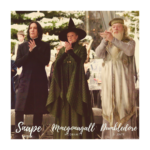 A character’s name that completely differs from the original novels is that of Albus Dumbledore (Silente). Dumbledore, as J.K. explained, is an archaic word for bumblebee (bombo) and conveys the headmaster’s love for music. The author thought the Italian version didn’t suit Dumbledore at all. Later, the translators explained how they wanted to underline the wizard’s majesty and solemnity. Golden trio’s friend, and later Herbology professor, Neville Longbottom turned into Neville Paciock as a reference to his clumsiness and chubbiness. At the beginning, the name fit Neville and, even if he evolved as a character, he was always seen as the “awkward but cute” one. Lastly, let’s look at the translations of Minerva McGonagall and Severus Snape, respectively Head of the Gryffindor and Slytherin houses. The rigorous McGonagall has become McGranitt, a tribute to her sternness (the Italian equivalent reminds of the word granite). Snape’s last name changed into Piton for two reasons: the word’s assonance with its English counterpart and the character’s affiliation to Slytherin.
A character’s name that completely differs from the original novels is that of Albus Dumbledore (Silente). Dumbledore, as J.K. explained, is an archaic word for bumblebee (bombo) and conveys the headmaster’s love for music. The author thought the Italian version didn’t suit Dumbledore at all. Later, the translators explained how they wanted to underline the wizard’s majesty and solemnity. Golden trio’s friend, and later Herbology professor, Neville Longbottom turned into Neville Paciock as a reference to his clumsiness and chubbiness. At the beginning, the name fit Neville and, even if he evolved as a character, he was always seen as the “awkward but cute” one. Lastly, let’s look at the translations of Minerva McGonagall and Severus Snape, respectively Head of the Gryffindor and Slytherin houses. The rigorous McGonagall has become McGranitt, a tribute to her sternness (the Italian equivalent reminds of the word granite). Snape’s last name changed into Piton for two reasons: the word’s assonance with its English counterpart and the character’s affiliation to Slytherin.
Non-human creatures
The Harry Potter series is full of non-human characters whose translation into Italian goes from accurate to ridiculous. A good example of the former is Dementors, the soulless and dark guardians of Azkaban, whose Italian equivalent is Dissennatori. This solution is accurate (both words mean “to go insane”) and an example of how a literal translation sometimes works. On the other hand, Fawkes’s name, Dumbledore’s faithful phoenix is an homage to Guy Fawkes, the person who tried to blow up the British Parliament in the 17th century. It’s fitting, if you think about the scene where he helps Dumbledore escape from the Ministry of Magic by exploding in a burst of flames. Its Italian counterpart Fanny, though, seems more suitable for something cute and harmless.
Wordplays
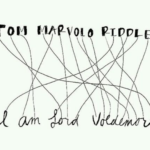 Acronyms play an important role as well. How many sat wide-eyed when Tom Riddle (Lord Voldemort’s real name) rearranged the letters of his full name “Tom Orvoloson Riddle” into “I am Lord Voldemort”? To keep the surname Riddle, and make the anagram work, the Italian translators changed Marvolo into Orvoloson. The S.P.E.W. (Society for Promoting Elfish Welfare), which Hermione founded during her fourth year at Hogwarts, became C.R.E.P.A. (Comitato per la Riabilitazione degli Elfi Poveri e Abbruttiti) maintaining the same humorous note of the original version. OWLs and NEWTs, the examinations fifth and seventh year students take at the end of the academic year, stand for Ordinary Wizarding Levels and Nastily Exhausting Wizarding Tests. Translators opted for GUFO (Giudizio Unico per i Fattucchieri Ordinari) and MAGO (Magia Avanzata Grado Ottimale), solutions that only work on one level. Even though they cannot convey the difficulty of these examinations, they preserve the humour of the acronyms.
Acronyms play an important role as well. How many sat wide-eyed when Tom Riddle (Lord Voldemort’s real name) rearranged the letters of his full name “Tom Orvoloson Riddle” into “I am Lord Voldemort”? To keep the surname Riddle, and make the anagram work, the Italian translators changed Marvolo into Orvoloson. The S.P.E.W. (Society for Promoting Elfish Welfare), which Hermione founded during her fourth year at Hogwarts, became C.R.E.P.A. (Comitato per la Riabilitazione degli Elfi Poveri e Abbruttiti) maintaining the same humorous note of the original version. OWLs and NEWTs, the examinations fifth and seventh year students take at the end of the academic year, stand for Ordinary Wizarding Levels and Nastily Exhausting Wizarding Tests. Translators opted for GUFO (Giudizio Unico per i Fattucchieri Ordinari) and MAGO (Magia Avanzata Grado Ottimale), solutions that only work on one level. Even though they cannot convey the difficulty of these examinations, they preserve the humour of the acronyms.
One of the biggest challenges book translators face deals with transferring the meaning of the original language into the target one. But what happens when an author fills their book with made-up terms, anagrams and wordplays that have a significant role in the story? J. K. Rowling worked hard to find the right names for her characters, magical objects, and riddles. How do they work in another language? Let’s have a look at four different categories of words to find out how the Italian adaptation of the Harry Potter universe works.
Hogwarts houses
 If you’re a Potterhead, you know which House you belong to and its characteristics. Even if you’re not a fan of the Boy who Lived, you must have heard of Grifondoro, Serpeverde, Tassorosso and Corvonero. Have you ever wondered about their English counterparts? It’s Gryffindor, Slytherin, Hufflepuff and Ravenclaw. What stands out the most is the combination of animal and colour in the Italian version. Translators thought this formula would appeal more to a younger readership.
If you’re a Potterhead, you know which House you belong to and its characteristics. Even if you’re not a fan of the Boy who Lived, you must have heard of Grifondoro, Serpeverde, Tassorosso and Corvonero. Have you ever wondered about their English counterparts? It’s Gryffindor, Slytherin, Hufflepuff and Ravenclaw. What stands out the most is the combination of animal and colour in the Italian version. Translators thought this formula would appeal more to a younger readership.
Characters’ names (Dumbledore, Longbottom, McGonagall, Snape)

A character’s name that completely differs from the original novels is that of Albus Dumbledore (Silente). Dumbledore, as J.K. explained, is an archaic word for bumblebee (bombo) and conveys the headmaster’s love for music. The author pointed out how the Italian version didn’t suit Dumbledore at all. Later, the translators explained how they wanted to underline the wizard’s majesty and solemnity. Golden trio’s friend, and later Herbology professor, Neville Longbottom turned into Neville Paciock as a reference to his clumsiness and chubbiness. At the beginning, the name fit Neville and, even if he evolved as a character, he was always seen as the “awkward but cute” one. Lastly, let’s look at the translations of Minerva McGonagall and Severus Snape, respectively Head of the Gryffindor and Slytherin houses. The rigorous McGonagall has become McGranitt, a tribute to her seriousness (the Italian equivalent reminds of the word granite). Snape’s last name changed into Piton for two reasons: the word’s assonance with its English counterpart and the character’s affiliation to Slytherin.
Non-human creatures
The Harry Potter series is full of non-human characters whose translation into Italian goes from accurate to ridiculous. A good example of the former is that of the Dementors, the soulless and dark guardians of Azkaban, whose Italian equivalent is Dissennatori. This solution is accurate (both words mean “to go insane”) and a great example of how a literal translation sometimes works. On the other hand, Fawkes’s name, Dumbledore’s faithful phoenix is an homage to Guy Fawkes, the person who tried to blow up the British Parliament in the 17th century. It’s fitting, if you think about the scene where he helps Dumbledore escape from the Ministry of Magic by exploding in a burst of flames. Its Italian counterpart Fanny, though, seems more suitable for something cute and harmless.
Wordplays
 Acronyms play an important role as well. How many of you sat wide-eyed when Tom Riddle (Lord Voldemort’s real name) rearranged the letters of his full name “Tom Orvoloson Riddle” into “I am Lord Voldemort”? To keep the surname Riddle, and make the anagram work, the Italian translators changed Marvolo into Orvoloson. The S.P.E.W. (Society for Promoting Elfish Welfare), which Hermione founded during her fourth year at Hogwarts, became C.R.E.P.A. (Comitato per la Riabilitazione degli Elfi Poveri e Abbruttiti) maintaining the same humorous note of the original version. OWLs and NEWTs, the examinations fifth and seventh year students take at the end of the academic year, stand for Ordinary Wizarding Levels and Nastily Exhausting Wizarding Tests. Translators opted for GUFO (Giudizio Unico per i Fattucchieri Ordinari) and MAGO (Magia Avanzata Grado Ottimale), solutions that only work on one level. Even though they cannot convey the difficulty of these examinations, they preserve the humour of the acronyms.
Acronyms play an important role as well. How many of you sat wide-eyed when Tom Riddle (Lord Voldemort’s real name) rearranged the letters of his full name “Tom Orvoloson Riddle” into “I am Lord Voldemort”? To keep the surname Riddle, and make the anagram work, the Italian translators changed Marvolo into Orvoloson. The S.P.E.W. (Society for Promoting Elfish Welfare), which Hermione founded during her fourth year at Hogwarts, became C.R.E.P.A. (Comitato per la Riabilitazione degli Elfi Poveri e Abbruttiti) maintaining the same humorous note of the original version. OWLs and NEWTs, the examinations fifth and seventh year students take at the end of the academic year, stand for Ordinary Wizarding Levels and Nastily Exhausting Wizarding Tests. Translators opted for GUFO (Giudizio Unico per i Fattucchieri Ordinari) and MAGO (Magia Avanzata Grado Ottimale), solutions that only work on one level. Even though they cannot convey the difficulty of these examinations, they preserve the humour of the acronyms.
One of the biggest challenges book translators face has to do with transferring the original meaning into the target language.
But what happens when a book is full of made up terms, anagrams and wordplays which are designed to have a significant role in the story? J. K. Rowling admitted to putting a lot of effort in finding suitable names for her characters, magical objects, and riddles. How do they work in another language? Let’s dive into four different categories of words to find out how the Italian adaptation of the Harry Potter universe works.
Hogwarts houses
 If you’re a Potterhead, you know which House you belong to as well as its characteristics. Even if you’re not a fan of the Boy who Lived, you must have heard of Grifondoro, Serpeverde, Tassorosso and Corvonero. Have you ever wondered about their English counterparts? It’s Gryffindor, Slytherin, Hufflepuff and Ravenclaw. What stands out the most is the combination of animal and colour in the Italian version. Translators may have thought this formula would appeal more to a younger readership.
If you’re a Potterhead, you know which House you belong to as well as its characteristics. Even if you’re not a fan of the Boy who Lived, you must have heard of Grifondoro, Serpeverde, Tassorosso and Corvonero. Have you ever wondered about their English counterparts? It’s Gryffindor, Slytherin, Hufflepuff and Ravenclaw. What stands out the most is the combination of animal and colour in the Italian version. Translators may have thought this formula would appeal more to a younger readership.
Characters’ names (Dumbledore, Longbottom, McGonagall, Snape)
A character’s name that completely differs from the original novels is that of Albus Dumbledore (Silente). Dumbledore, as J.K. explained, is an archaic word for bumblebee (bombo) and conveys the headmaster’s love for music. The author pointed out how the Italian version didn’t suit Dumbledore’s temperament at all. It was later explained that the translators wanted to underline the wizard’s majesty and solemnity. Golden trio’s friend, and later Herbology professor, Neville Longbottom turned into Neville Paciock as a reference to his clumsiness and chubbiness. At the beginning, the name fit Neville and, even if he broke out of his shell, he never grew out of his “awkward but cute” persona. Lastly, let’s look at the translations of Minerva McGonagall and Severus Snape, respectively Head of the Gryffindor and Slytherin houses. The rigorous McGonagall has become McGranitt, a tribute to her sternness (the Italian equivalent reminds of the word granite). Snape’s last name changed into Piton for two reasons: the word’s assonance with its English counterpart and the character’s affiliation with Slytherin
Non-human creatures
The Harry Potter series is full of non-human characters whose translation into Italian goes from accurate to ridiculous.
Case in point, Dementors, the soulless, dreadful, and dark guardians of Azkaban, have become Dissennatori in Italian. This solution is not only accurate, since both words mean “to go insane”, it’s also an example of how a literal translation sometimes works.
On the other hand, Fawkes’s name, Dumbledore’s faithful phoenix, is an homage to Guy Fawkes, the mastermind behind the Gunpowder plot who tried to blow up the British Parliament in the 17th century. It’s fitting, if you think about the scene where he helps Dumbledore flee from the Ministry of Magic by exploding in a burst of flames. Its Italian counterpart Fanny, though, evokes something cute and harmless.
Wordplays
 Acronyms play an important role as well. How many of you sat wide-eyed when Tom Riddle (Lord Voldemort’s real name) rearranged the letters of his full name “Tom Orvoloson Riddle” into “Son io Lord Voldemort”? To keep the surname Riddle, and make the anagram work, the Italian translators changed Marvolo into Orvoloson. The S.P.E.W. (Society for Promoting Elfish Welfare), which Hermione founded during her fourth year at Hogwarts, has become C.R.E.P.A. (Comitato per la Riabilitazione degli Elfi Poveri e Abbruttiti) maintaining the same humorous note of the original version. OWLs and NEWTs, the examinations fifth and seventh-year students take at the end of the academic year, stand for Ordinary Wizarding Levels and Nastily Exhausting Wizarding Tests. Translators opted for GUFO (Giudizio Unico per i Fattucchieri Ordinari) and MAGO (Magia Avanzata Grado Ottimale), solutions that only work on one level. Even though they cannot convey the difficulty of these examinations, they preserve the humour of the acronyms.
Acronyms play an important role as well. How many of you sat wide-eyed when Tom Riddle (Lord Voldemort’s real name) rearranged the letters of his full name “Tom Orvoloson Riddle” into “Son io Lord Voldemort”? To keep the surname Riddle, and make the anagram work, the Italian translators changed Marvolo into Orvoloson. The S.P.E.W. (Society for Promoting Elfish Welfare), which Hermione founded during her fourth year at Hogwarts, has become C.R.E.P.A. (Comitato per la Riabilitazione degli Elfi Poveri e Abbruttiti) maintaining the same humorous note of the original version. OWLs and NEWTs, the examinations fifth and seventh-year students take at the end of the academic year, stand for Ordinary Wizarding Levels and Nastily Exhausting Wizarding Tests. Translators opted for GUFO (Giudizio Unico per i Fattucchieri Ordinari) and MAGO (Magia Avanzata Grado Ottimale), solutions that only work on one level. Even though they cannot convey the difficulty of these examinations, they preserve the humour of the acronyms.
Convey, Verb. To express a thought, feeling, or idea so that it is understood by other people.


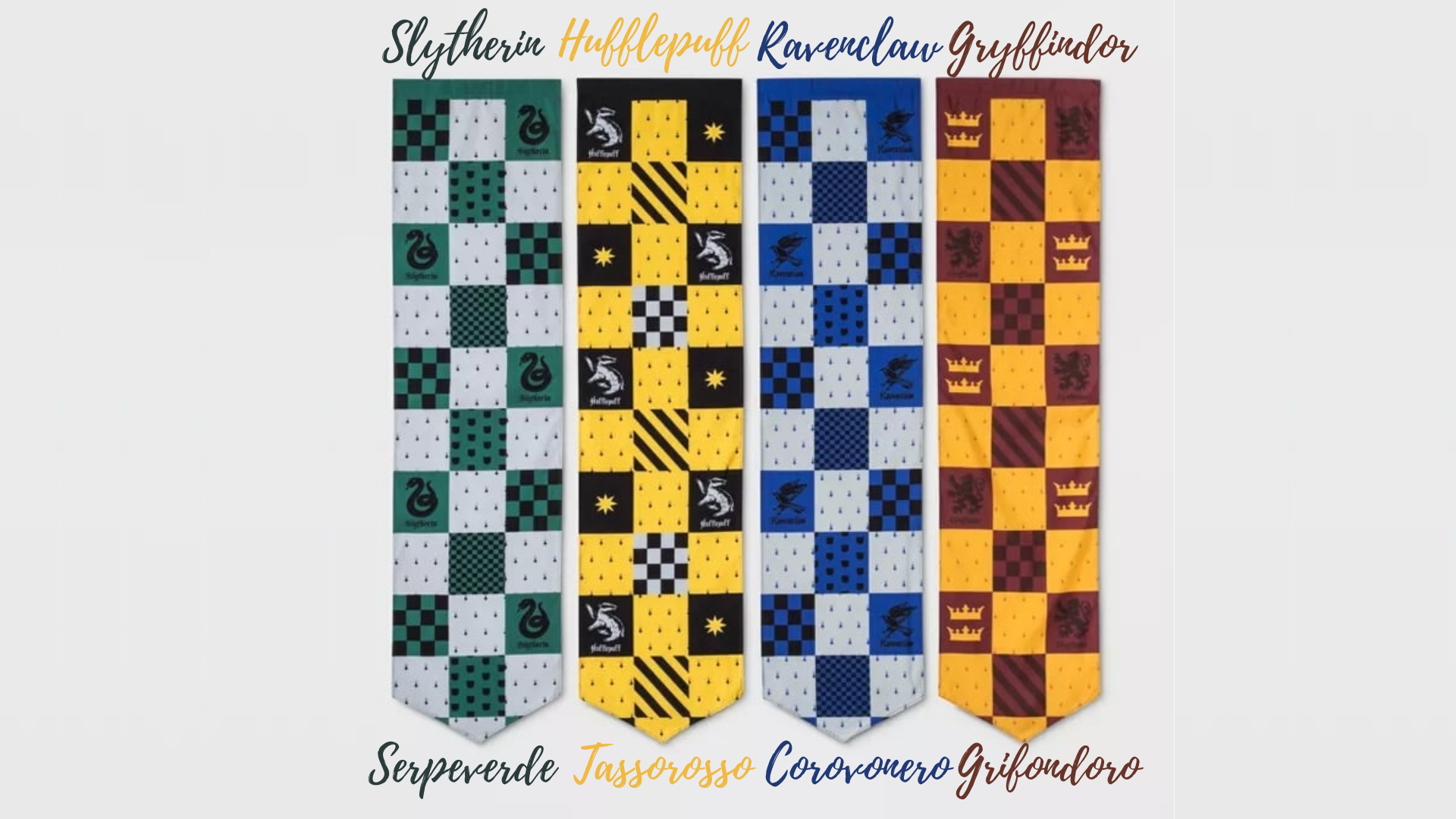
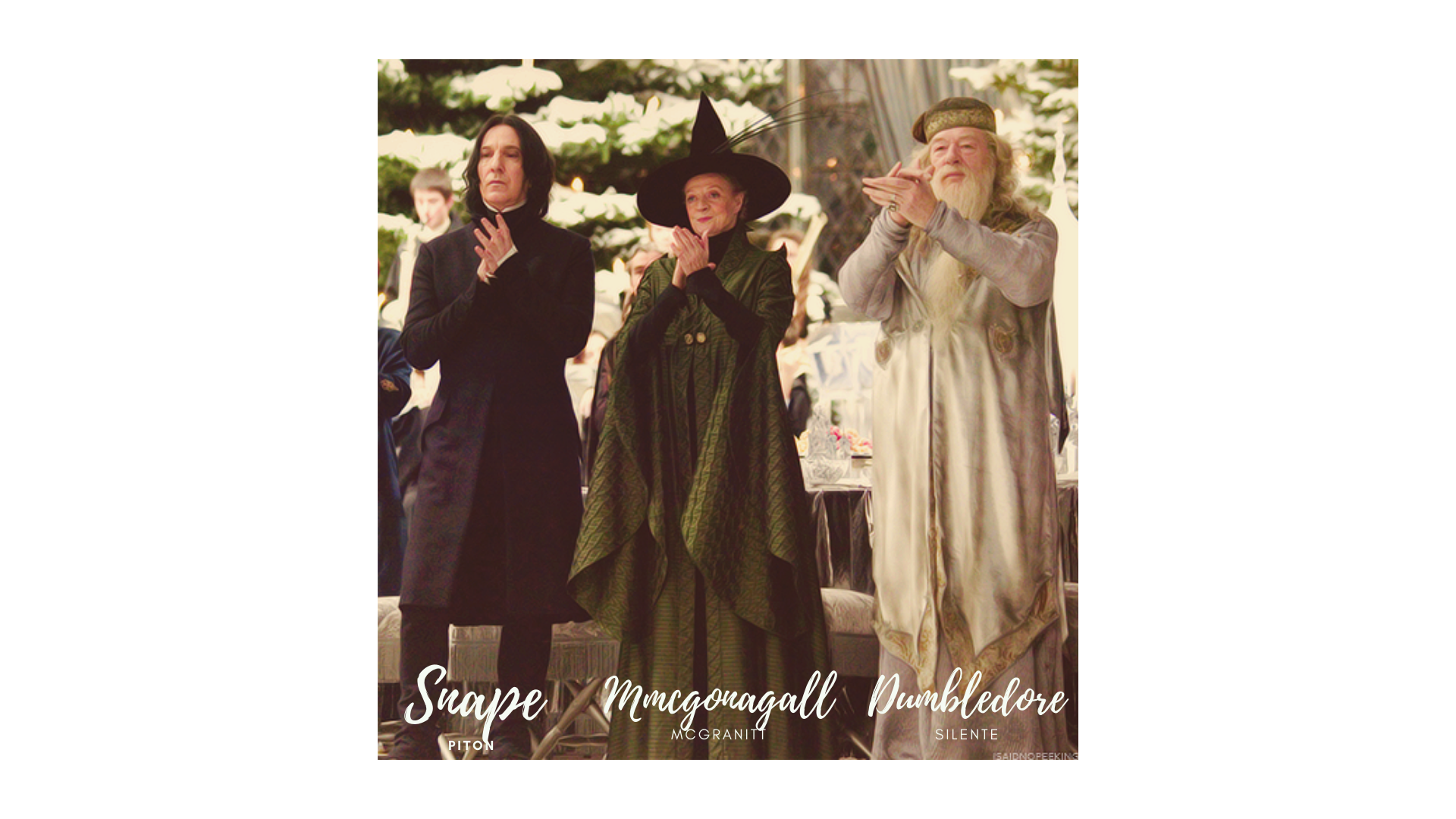 Il nome di un personaggio che differisce completamente dai romanzi originali è quello di Albus Silente. L’originale Dumbledore, come ha spiegato J.K., è un termine arcaico per bombo e trasmette l’amore del preside per la musica. L’autrice ha sottolineato come la versione italiana non si addica affatto al temperamento del mago. In seguito, è stato spiegato che i traduttori volevano sottolineare la maestosità e solennità del personaggio.
Il nome di un personaggio che differisce completamente dai romanzi originali è quello di Albus Silente. L’originale Dumbledore, come ha spiegato J.K., è un termine arcaico per bombo e trasmette l’amore del preside per la musica. L’autrice ha sottolineato come la versione italiana non si addica affatto al temperamento del mago. In seguito, è stato spiegato che i traduttori volevano sottolineare la maestosità e solennità del personaggio.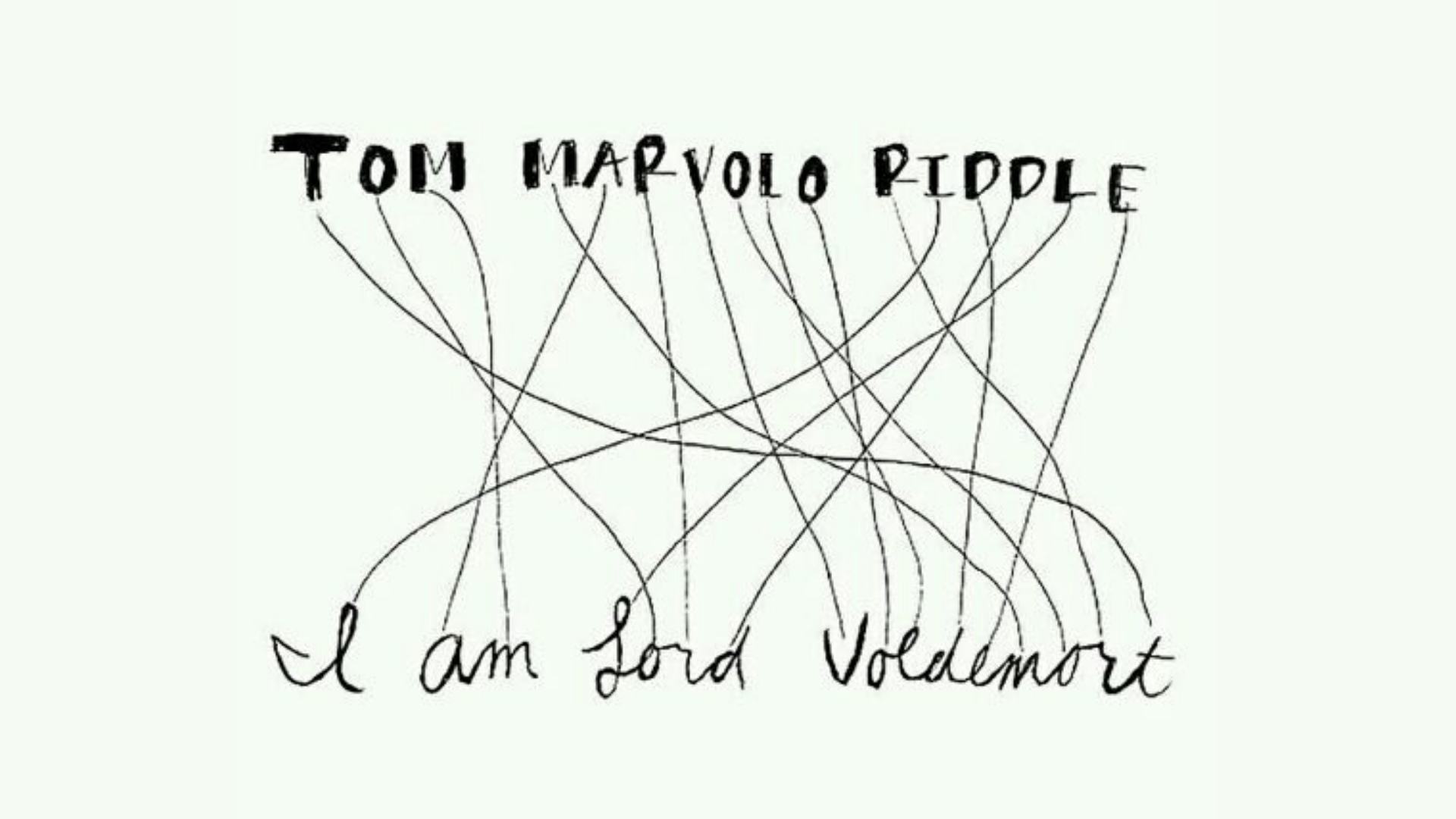 Anche gli acronimi hanno un ruolo importante. Quanti di voi erano seduti con gli occhi spalancati quando Tom Riddle (il vero nome di Lord Voldemort) ha riordinato le lettere del suo nome completo “Tom Marvolo Riddle” in “Son io Lord Voldemort”? Per mantenere il cognome Riddle e far funzionare l’anagramma, i traduttori italiani hanno cambiato Orvoloson in Marvolo.
Anche gli acronimi hanno un ruolo importante. Quanti di voi erano seduti con gli occhi spalancati quando Tom Riddle (il vero nome di Lord Voldemort) ha riordinato le lettere del suo nome completo “Tom Marvolo Riddle” in “Son io Lord Voldemort”? Per mantenere il cognome Riddle e far funzionare l’anagramma, i traduttori italiani hanno cambiato Orvoloson in Marvolo.
